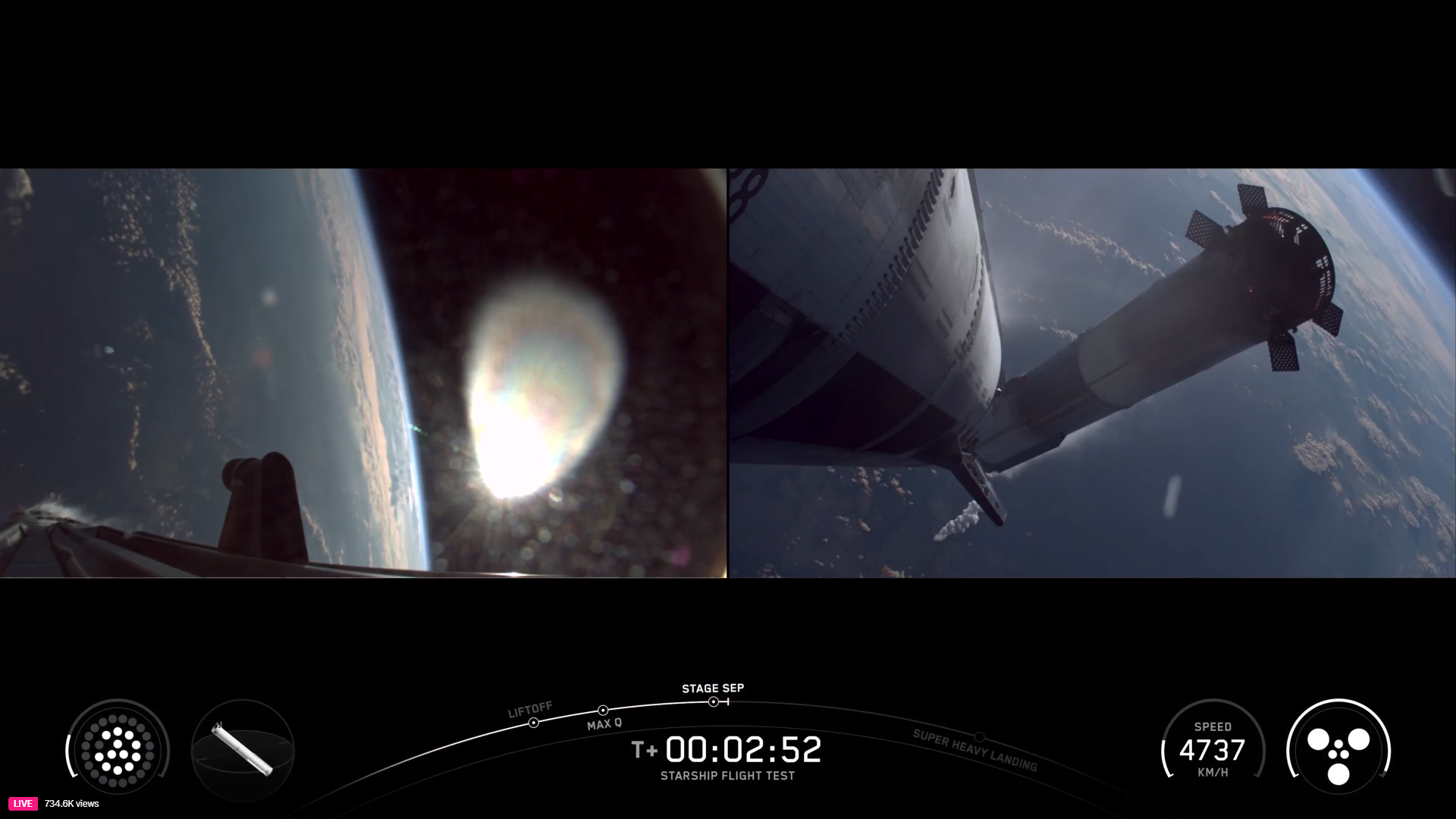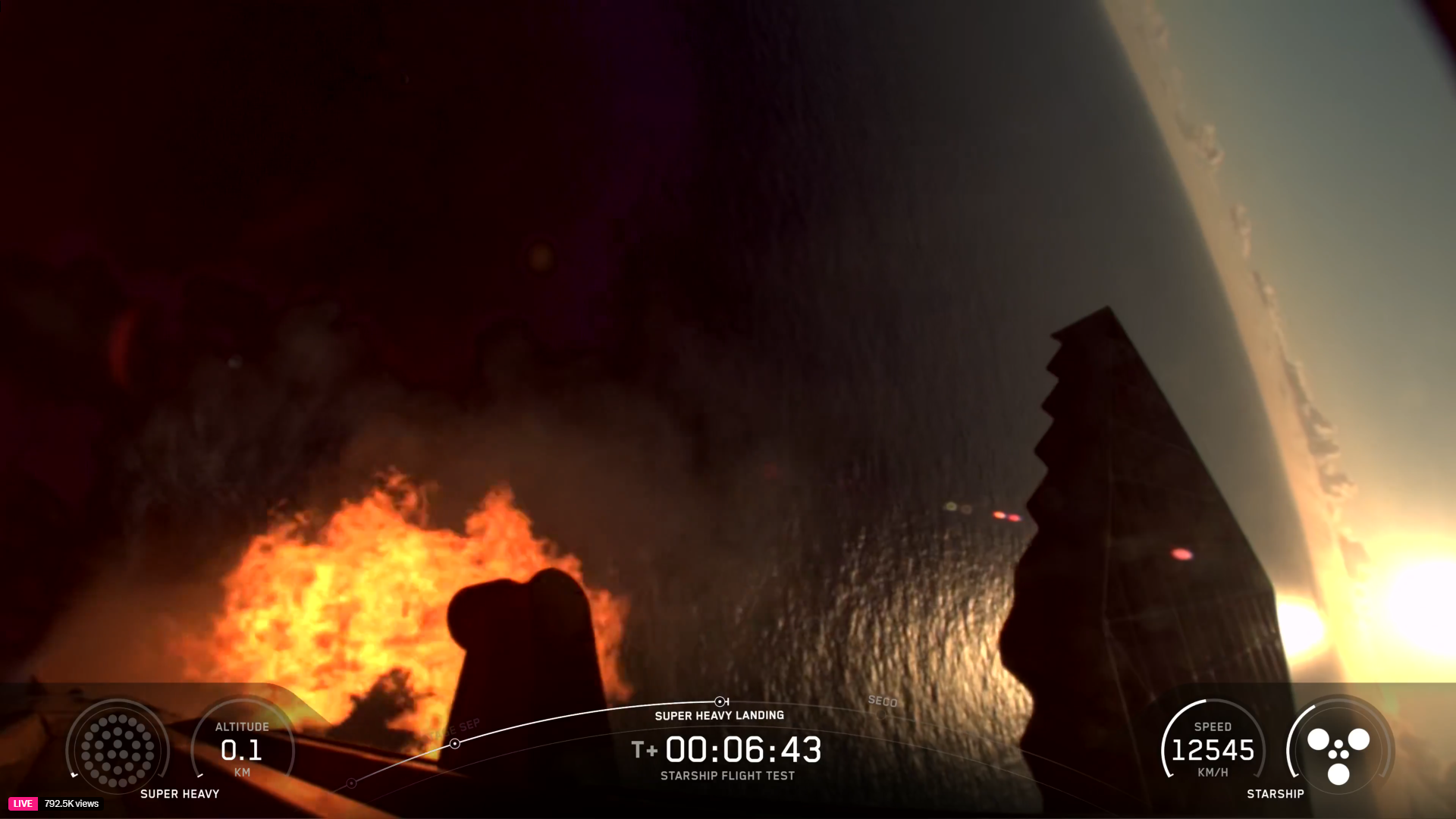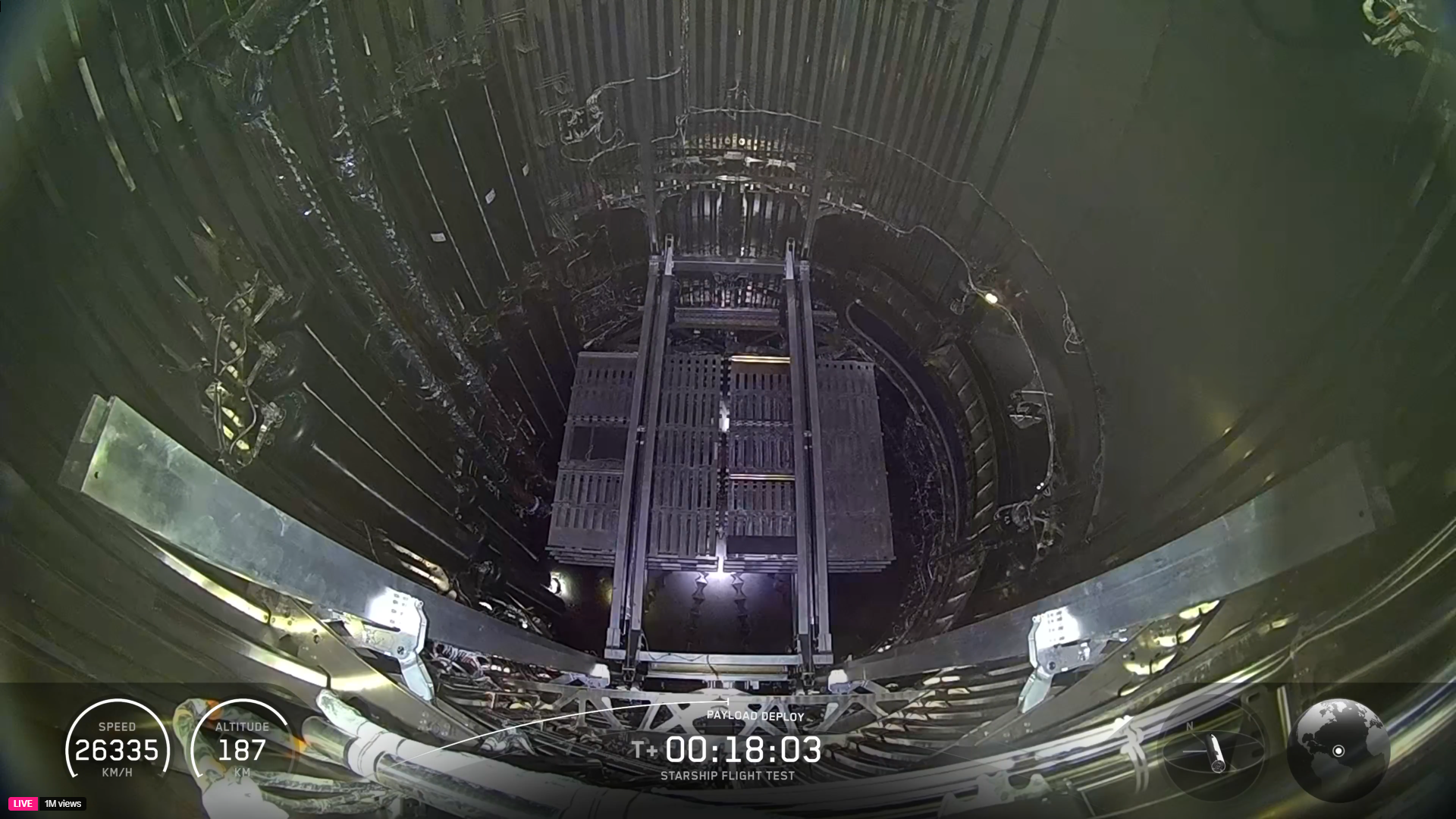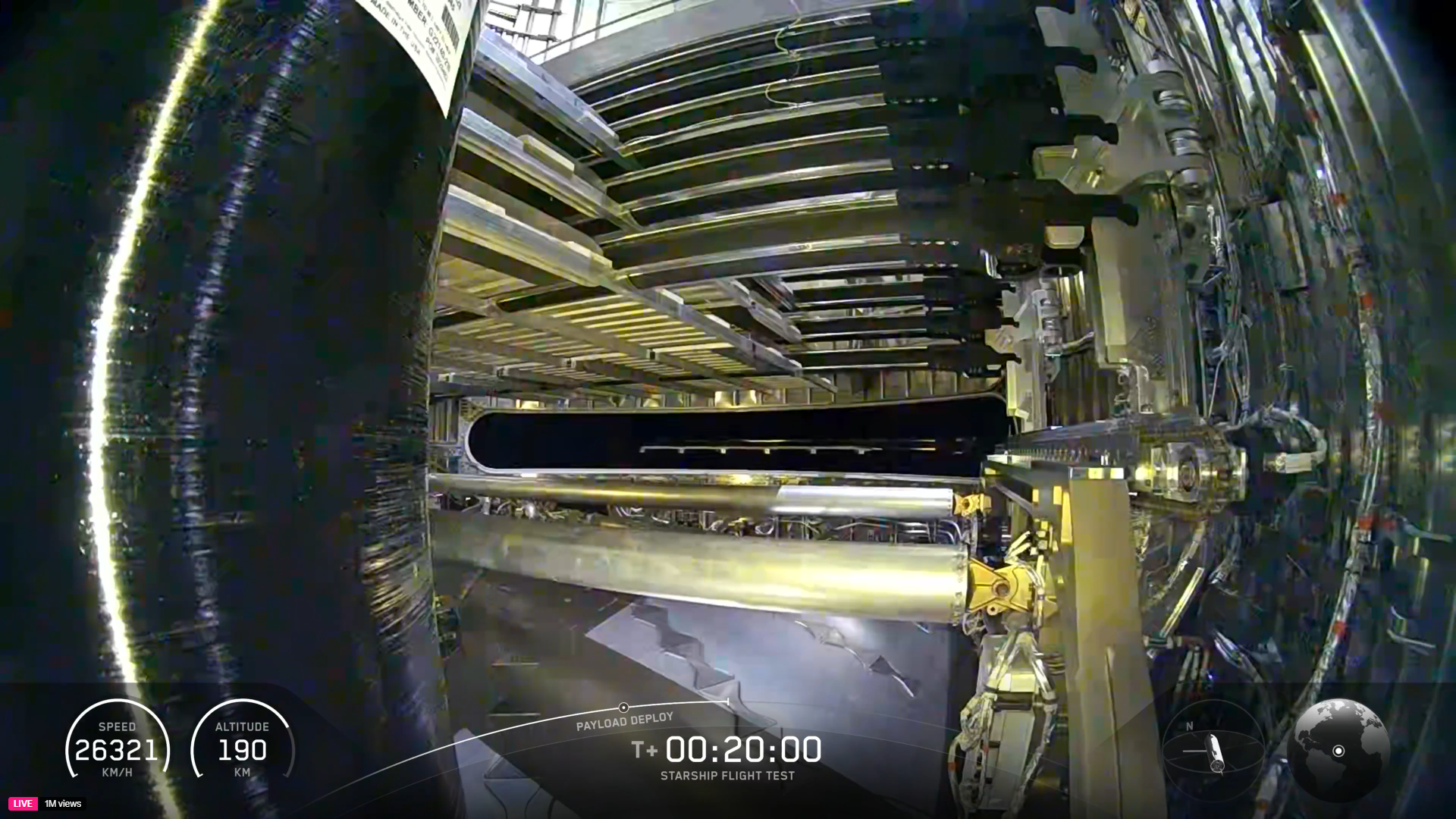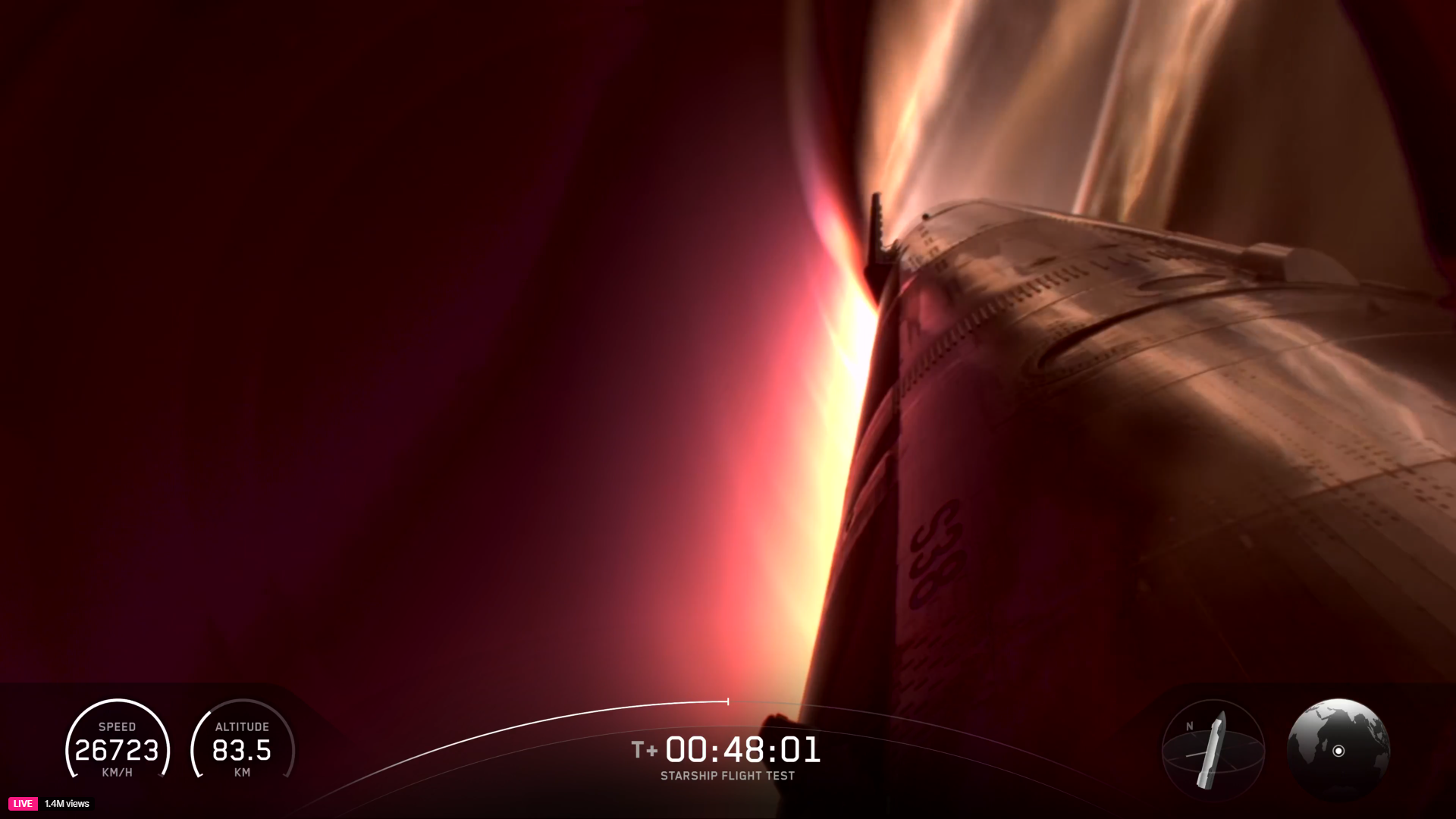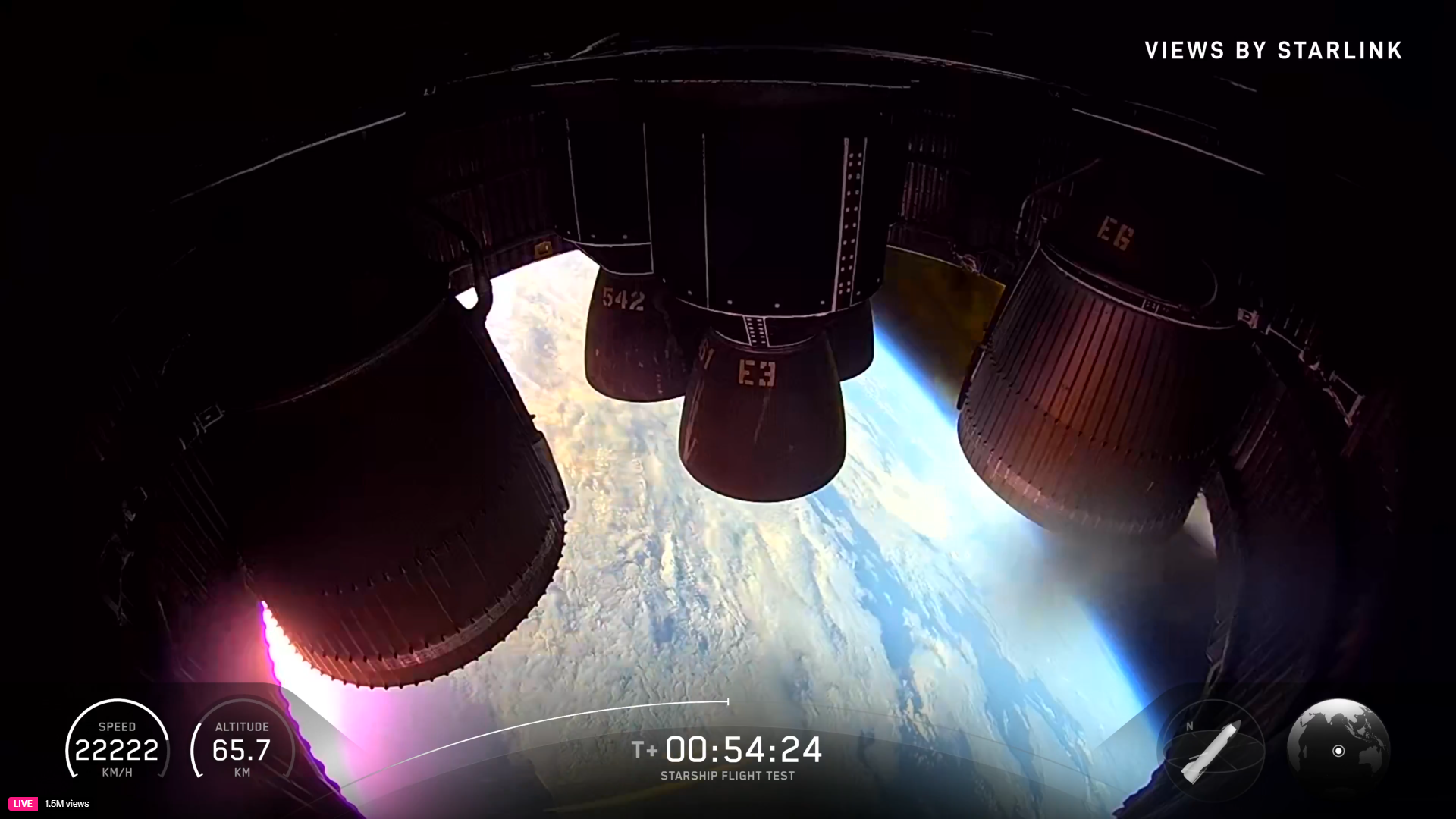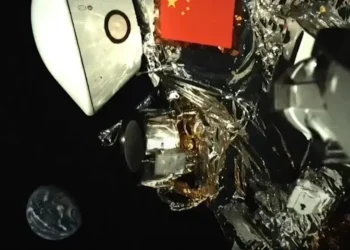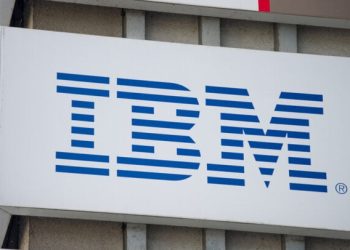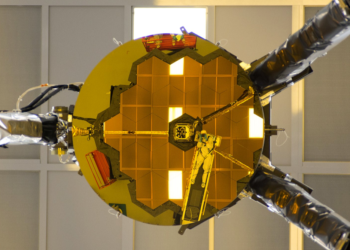That’s two in a row for Starship.
SpaceX Spacecraft the greatest and most powerful rocket never built, successfully completed a suborbital test flight today (October 13), following a similar success in late August.
Today’s mission, which took off from SpaceX Starbase in South Texas, was the 11th overall test flight of the Starship program. It was also the final launch of the current version of the giant vehicle, which will soon be replaced by an even larger variant. And this swan song was memorable.
“Let them hear, Starbase!” EspaceX said spokesperson Dan Huot during the company’s launch webcast today, as site employees applauded the successful conclusion of the test flight. “What a day!”
A rocket for the Moon and Mars
SpaceX is developing Starship to help settle humanity Marcha long-held dream of the company’s founder and CEO Elon Musk. Indeed, Musk, the richest man in the world, said he created SpaceX in 2002, primarily to help our species settle on the Red Planet.
The Moon is also in Starship’s crosshairs: NASA has chosen the vehicle to be the first crewed lander for its Artemis Programwhich aims to put boots on the Moon for the first time since the Apollo era. If all goes as planned, Starship will land astronauts near the lunar south pole for the first time on the Artemis 3 mission, scheduled to launch in 2027.
Musk was on hand Monday evening to witness the launch of Starship Flight 11 in person. But not launch control.
“This is really the first time I’m going to be outside and look at the rocket,” Musk said during a brief appearance during the SpaceX launch livestream. “It’s going to be a lot more visceral.”
Starship’s secret sauce lies in its envisioned ability to carry incredibly large payloads with mind-boggling frequency. The vehicle is capable of carrying 165 tons (150 metric tons) to the final frontier, and its two stages – the Super Heavy booster and an upper stage known as Starship, or Ship for short – are designed to be fully and quickly reusable.
SpaceX plans to return Super Heavy and Ship to the platform after each flight, catching them with the launch tower’s “wand” arms. This strategy – which SpaceX demonstrated three times to date with Super Heavy, but not yet with Ship – will enable lightning-fast inspection and reflight, potentially allowing Starship to launch multiple times per day from a single site, according to Musk.
Today’s launch coincidentally took place on the first anniversary of SpaceX’s first historic capture of a Super Heavy boosterduring the Starship Flight 5 test flight.
The current iteration of the vehicle, known as Version 2, is approximately 400 feet tall, fully stacked. But future variants will be even bigger: Version 3 will be about 408 feet (124.4 m) tall, and a “Future Starship” that Musk teased during a May 2025 presentation will rise 466 feet (142 m) above the ground.
“Future Starship” is probably version 4, which Musk later said is expected to debut in 2027. The V4 will have a total of 42 Raptor engines, three more than the V2 and V3 variants. (The extra three will go on the ship, giving nine engines on the upper stage.)
Test flight setbacks – and rebound
These are quite ambitious projects, and this summer they seemed even more so. On three consecutive test launches — Vol 7 in January, Vol 8 in March and Flight 9 in May — SpaceX lost its ship prematurely.
On Flights 7 and 8, the upper stage exploded less than 10 minutes after takeoff, sending debris rains in parts of the Caribbean. On Flight 9, the ship broke apart on its return to Earth’s atmosphere.
SpaceX lost another ship in June, this time at Starbase: the vehicle that was being prepared for Flight 10 exploded on the test benchforcing the company to commission another vessel.
But this replacement upper stage worked well, as did its Super Heavy partner: Vol 10launched on August 26, was a complete success. The booster returned to Earth as planned for a splashdown in the Gulf of Mexico about 6.5 minutes after liftoff, and Ship did the same in the Indian Ocean an hour later.
The ship also successfully re-ignited one of its Raptors in space, demonstrating a capability that will be crucial for future missions to the Moon and Mars. The vehicle also deployed payloads – eight dummy versions of SpaceX’s. Star link satellites, which were released on the same suborbital trajectory as that of Ship.
Flight 11 repeated these successes today.
The final flight of Starship V2
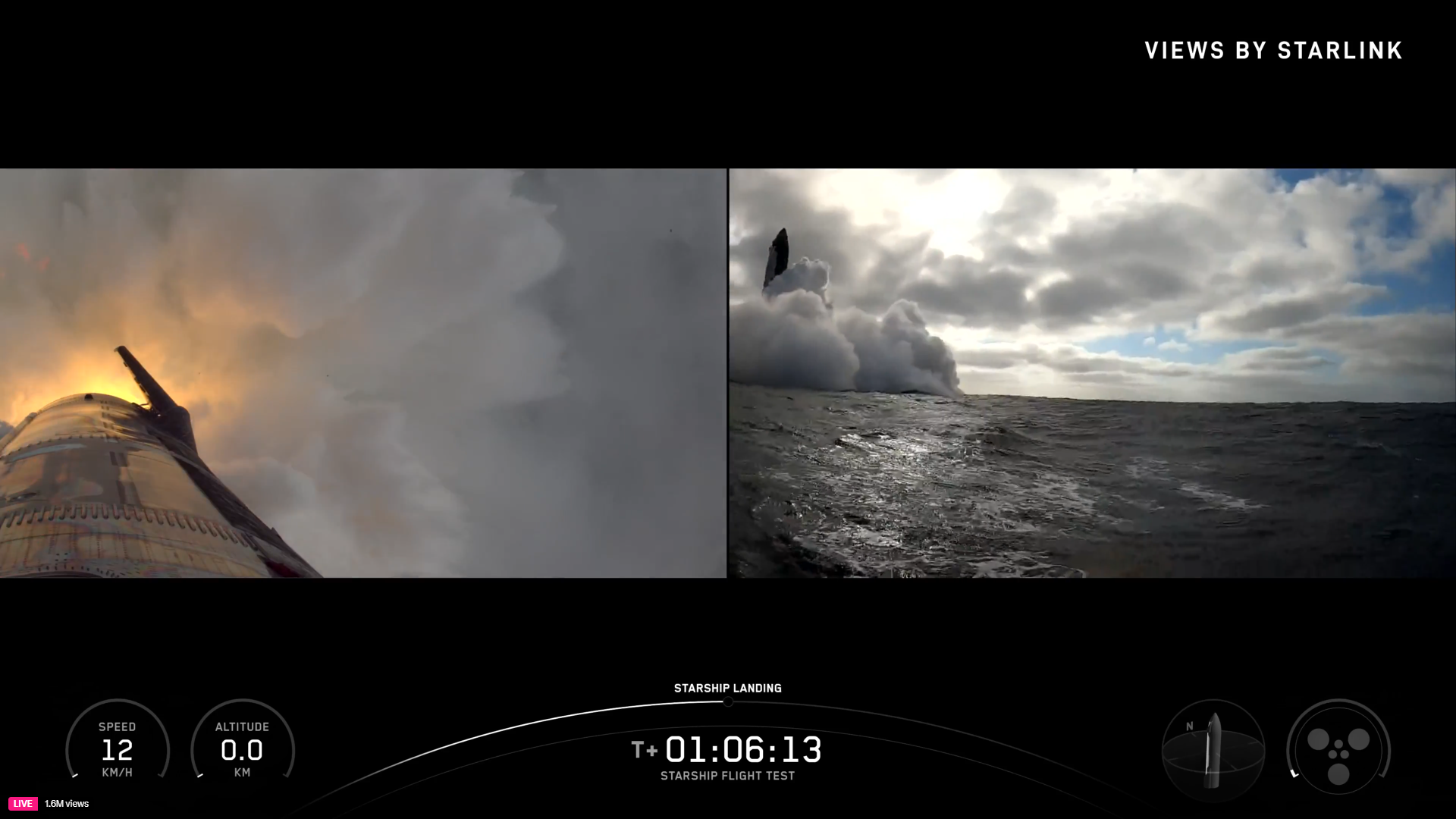
The main objectives of Flight 11 were the same as those of Flight 10: to bring down the Super Heavy in the Gulf and do the same to the Ship off the coast of Western Australia, after re-igniting the Raptor in space and deploying eight more dummy Starlinks.
There were, however, some twists and turns. For example, SpaceX used a new landing strategy today with Super Heavy, testing an engine configuration that will be used by the next-generation version of the booster.
“Super Heavy will fire 13 engines at the start of the landing phase, then switch to a new configuration with five engines running for the diversion phase,” SpaceX wrote in a statement. Flight 11 mission description. “Previously achieved with three engines, the planned baseline for the V3 Super Heavy will use five engines during the burn section responsible for refining the booster trajectory, adding additional redundancy for spontaneous engine shutdowns.”
Flight 11 also marked the second flight of a Super Heavy: this same booster also led Flight 8, ending its duties that day with a return to Starbase and a wand capture. SpaceX only replaced nine of its 33 Raptors before today’s flight, meaning 24 of them were flight-proven.
The company also slightly modified Ship, to collect data that could facilitate its future trips to the country. Earth. For example, SpaceX removed the heat shield tiles to test certain “vulnerable areas” of the upper stage.
And, “to mimic the path a ship will take on future flights back to Starbase, the final phase of Starship’s trajectory on Flight 11 includes a dynamic tilt maneuver and will test subsonic guidance algorithms before a splashdown and splashdown in the Indian Ocean,” SpaceX wrote in the mission description.
All of this went according to plan on Flight 11, which began with a launch from Starbase at 7:23 p.m. EDT (11:23 p.m. GMT; 6:23 p.m. Texas local time). This was the final liftoff of the site’s first orbital launch pad before its overhaul to prepare the Starship V3 variant.
“Among many other things, we are installing a new orbital launch rack, a new flame trench system, and upgrading the wands for future captures,” Jake Berkowitz, SpaceX’s chief propulsion engineer, said during today’s launch webcast. “In the meantime, we will launch from Pad 2, which will be live very soon.”
Super Heavy and Ship separated after about 2.5 minutes of flight today, and the booster made its precise splashdown in the Gulf four minutes later.
“Congratulations to the entire SpaceX team,” Berkowitz said after the massive booster hit the water. “It was incredible!”
The ship deployed all eight payloads over a six-minute period that began approximately 19 minutes after liftoff, when the vehicle was 119 miles (192 kilometers) above Earth. The vehicle also successfully completed its brief Raptor re-ignition, which occurred just under 38 minutes after launch.
The ship then made its own return to Earth, surviving the intense heat of re-entry despite the selective removal of the heat shield tiles. The vehicle successfully completed its bank maneuver, then crashed into the Indian Ocean just over 66 minutes after takeoff.
And it was a precise landing, occurring in view of a camera mounted on a buoy that SpaceX had previously installed. The dramatic images commemorate the successful departure of Starship V2, which now cedes the spotlight to its even larger successors.
“We promised maximum excitement,” Berkowitz said near the end of today’s launch webcast. “And Starship delivered!”



